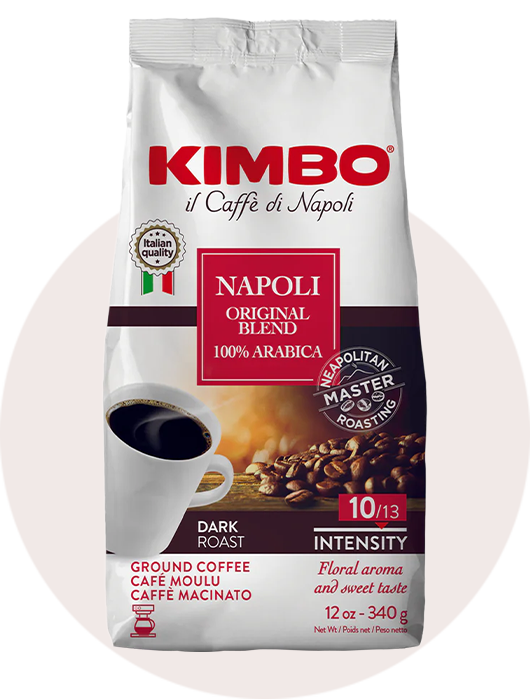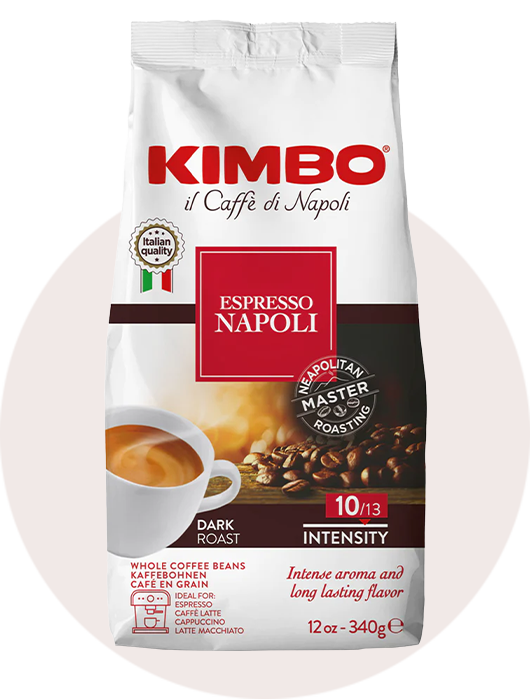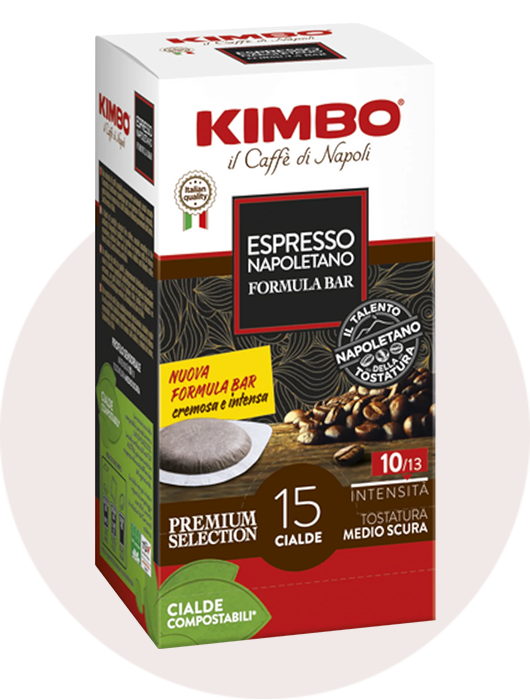Are you curious about coffee but unsure where to start? You're not alone! For many, diving into the world of coffee can feel overwhelming. With so many types of beans, roasts, and brewing methods, it’s easy to get confused. But don't worry—whether you’re looking to start your coffee journey or you're just exploring how to enjoy it better, this guide will help you find your perfect cup.
Understanding Coffee Beans
First, let's dive into the heart of every great coffee: the humble bean. The two main types you'll encounter are Arabica and Robusta.
- Arabica beans are smooth and sweet with a complex flavor profile. They're often the preferred choice for coffee beginners because they’re more forgiving and easier to enjoy.
- Robusta beans, on the other hand, pack a bolder punch with a stronger flavor and higher caffeine content. These are commonly found in espresso blends.
If you're just starting out, choosing a 100% Arabica coffee or a blend with more Arabica will be a great way to ease into the world of coffee.
Coffee Roasts Explained
Now that you've got a handle on beans, let's talk roasts. The roast level determines the final flavor, acidity, body, and caffeine content of your coffee. Here's a quick breakdown:
-
Light roast: Think bright, crisp, and acidic. These beans retain more of their original flavors and have a higher caffeine content.
-
Medium roast: Balanced and smooth—this is the most common choice for those just starting out on their coffee journey.
-
Dark roast: Bold, bitter, and toasty. These beans have been roasted longer, resulting in a robust flavor but less acidity and caffeine.
For those just starting to drink coffee, a medium roast is often the best pick because it provides a well-rounded flavor without being too overwhelming.
Top Coffee Picks for Beginners
With so many options out there, choosing your first coffee can feel like finding a needle in a haystack. Fear not! Here are some top picks that are forgiving, easy to brew, and boast a balanced flavor:
-
A single-origin coffee like a Brazil Santos or Colombia Supremo can offer a nutty, chocolatey taste that’s easy to enjoy.
-
If you prefer a blend, look for a breakfast or house blend. These are designed to be smooth and easy on the palate, making them perfect for coffee beginners.
-
For something a little stronger, try a medium-dark roast like Vienna or Full City. These offer a bolder taste without being too bitter.
For those who want to avoid caffeine, try a high-quality decaf coffee. There are some great-tasting decafs that still pack in the flavor but without the buzz.
Brewing Methods for Beginners
You've got your beans, you've chosen your roast... now what? Brewing, of course! While the array of contraptions and techniques can be mind-boggling, there are a few methods that are particularly beginner-friendly:
-
The trusty drip machine is a classic for a reason. It's convenient, consistent, and produces a balanced cup. Just add your grounds, water, and let the machine work its magic.
-
For a bolder, more full-bodied brew, consider a French press. This manual method steeps coarse grounds directly in hot water, resulting in a rich and robust flavor. Plus, the hands-on process can be quite meditative!
-
If you're after a cleaner, brighter cup, pour-over might be your jam. This method involves manually pouring hot water over grounds in a filter, allowing you to control every aspect of the brew.
No matter which route you choose, remember to use fresh, quality beans, filtered water, and follow the recommended ratios. With a bit of practice and patience, you'll be brewing cafe-worthy cups in no time.
Serving Suggestions
Now, I know what you might be thinking. "I've tried coffee before, and it's just too bitter!" I hear you. The good news is that there are plenty of ways to ease into the taste:
-
Milk and cream can be your best friends when you're first starting out. They help mellow out any bitterness or acidity, making for a smoother sip.
-
Got a sweet tooth? A spoonful of sugar, honey, or flavored syrup can help balance out the bitter notes and make your cup more palatable.
-
If hot coffee just isn't your thing, try an iced version! Cold brew, in particular, is known for being less acidic and easier on the stomach.
The key is to experiment and find what works for you. And don't let anyone shame you for adding a splash of hazelnut syrup or a dollop of whipped cream. Your coffee journey is yours alone.
Tips for Developing Your Palate
As you continue your coffee journey, you may want to learn more about the flavors in your cup. Here are some tips to help you start drinking coffee like a true enthusiast:
-
Start by really taking in the aroma of your coffee. Give it a good sniff and see if you can pick out any particular notes, like nuttiness, fruitiness, or earthiness.
-
When you take a sip, try to slurp a bit. I know it might feel silly, but this helps aerate the coffee and spread it across your palate, allowing you to pick up on more subtle flavors.
-
As you taste, think about the coffee's acidity, body, and aftertaste. Is it bright and citrusy? Smooth and creamy? Clean or lingering?
-
If you're feeling adventurous, try comparing different coffees side by side. This can help you start to distinguish the unique characteristics of various beans and roasts.
-
And don't forget to keep a coffee journal! Jot down your thoughts and impressions of each coffee you try. Over time, you'll start to develop your own coffee vocabulary and preferences.
Conclusion
Starting as a coffee beginner doesn’t need to be overwhelming. Whether you take your coffee black, with a splash of cream, or as a cold brew, what matters most is that you enjoy it. Take your time, try different beans, and experiment with brewing methods. The world of coffee is wide, and there’s no rush to figure it all out at once.






